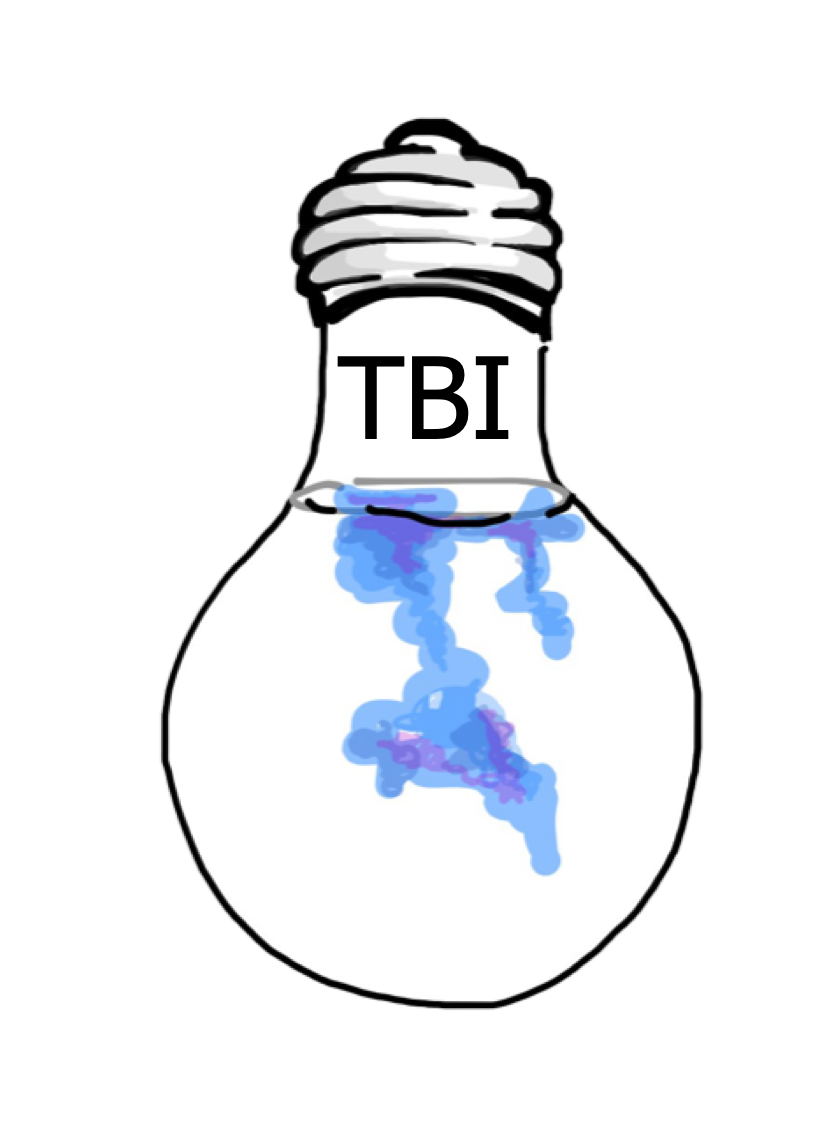Change Forces in the Jazz Age: Unpacking Core Themes from the 1920s
FLHS Social Studies Team: Joel Arnold, Dave Anderson, Kevin Best, John Laufer, Whet Smith
History is more about themes than facts. It’s less about individual moments or events and more about making connections, analyzing sources, and understanding forces of change. Helping students grasp these ideas and apply these themes are central challenges of teaching high school history.
In a recent project, the social studies department embraced this challenge with a US History lesson on the Jazz Age and Roaring 20’s. While engaging students with the details and significant events of this era, we sought to help students understand and apply six core themes emphasized throughout the course: political, economic, religious, sociological, intellectual, and artistic (PERSIA). Students used these themes to analyze why events occurred and how these events affected both concurrent and future events over the last century.
Change and Causality in Children’s Books
We uniquely structured the lesson around the use of children’s books as a medium for exploring these themes and causal relationships. The team believed that the simple yet incisive qualities of a children’s story and the creative challenge of composing their own books could help students analyze these patterns of change with greater depth and understanding. In the teachers’ own words:
Usually with the Roaring 20's one of the main topics is pop culture. We felt that creating books that not only show "how" things changed but also "why" things changed was a simple yet complex way for the students to demonstrate this knowledge. We really struggled in our previous research lesson with the "why" question, so we wanted to address that skill again. We are being very intentional about showing them other examples of "how" and "why.” We also wanted to create a lesson that allowed students to think differently, artistically and collaboratively. We felt that a children's book creation was a great way to do this. The books will be hand-drawn and handwritten. They must contain an original story created by the students.
With these goals in mind, we crafted a lesson with the following sequence of activities, incorporating multiple opportunities for modeling, discussion and practice, and culminating with the creation of children’s books.
Day 1
Introduce “cause-effect relationships” using a sample children’s storybook about the history of trains (Steam Smoke, and Steel by Patrick O’Brien)
Explore “How and Why” elements of the children’s story (small groups followed by whole class discussion)
Brainstorm and record theme-related characteristics of the 1920’s (small groups)
Teacher-led discussion, charting ideas about six themes and drawing connections to culture of Roaring 20s
Class discussion on accuracy and validity
Assign “Wagon wheel Chart” for homework: Analyze connections between the 1920s and the modern era
Click below to view a sequence of video clips from Day 1.
Day 2
Roaring 20s’ Book Assignment: Create a children’s book highlighting specific changes that took place in the 1920’s (political, economic, religious, sociological, intellectual, or artistic). Explain why those changes took place, and make connections to the present day.
Click below to view a sequence of clips where students design a children’s book.
Student Results
From the evidence we collected, there were some clear areas of progress and attribution (criterion 2, 3, and 5 in particular). Students could identify comparable details, explain the details in relation to core themes, and explain changes over the past 100 years. Using the example book, categorizing themes, and creating a wagon wheel all seemed to have a positive impact on these results. These findings were reinforced in comments from student interviews describing what they learned about change in the Jazz Age (see video below). They continued to struggle, however, with explaining the causes of change they identified (criterion 6 and 7).
Follow-Up Lesson: Students Become Editors
After reviewing these results, we concluded that the children’s books indeed offered a useful approach for helping students compare and think about historical periods, but some important adjustments were needed to address the remaining gaps in students’ cause-effect analysis. For sure, we could always revise the rubric or the instructions and that might help, but the bigger question was, "How do we help students see and experience this "why" element in a way that leads to deeper analysis?"
To that end, we decided to construct a follow-up children’s book activity for our upcoming unit with the same students. This time, we plan to create a sample children’s book ourselves and ask the students to play the role of children’s book editor. We will teach them to evaluate the book according to the criteria we provide them. Specifically, they will need to look for how the story communicates why things had changed and explain where those elements were missing or inadequate. They also will need to make thoughtful suggestions for how those changes could be addressed within the story.
Stay tuned to this post for future updates on results and findings from our next lesson as we help students adopt the lens of critical editors.







